
What to Do When Your Trailer Lights Won't Work: A Comprehensive Guide
Are you having trouble getting your trailer lights to work? Don't worry, you're not alone. Many people experience difficulties with their trailer lights at some point. However, the good news is that it's usually a simple problem that can be fixed with a little troubleshooting.
What are Trailer Running Lights?

Trailer running lights are a crucial component of any trailer's lighting system. They are designed to stay on while the vehicle is in motion, providing essential visibility to other drivers on the road. These lights are commonly referred to as clearance lights or marker lights and are usually located along the sides and rear of the trailer.
Trailer running lights come in various colors, including red, amber, and white. Red lights indicate the presence of the trailer, and they can help other drivers gauge its size and position. Amber lights, on the other hand, are used to signal turns and lane changes. White lights are used to illuminate the license plate and provide additional visibility to the trailer.
In addition to improving visibility, trailer running lights are required by law in most jurisdictions. Regulations concerning trailer lights vary based on the type and size of the trailer, as well as its intended use. It is essential to check local laws and regulations to ensure that your trailer's lighting system complies with these regulations.
What is Trailer Wiring?

Trailer wiring refers to the electrical system that connects a trailer to the towing vehicle. It allows for the transfer of power and signals between the two vehicles, enabling the trailer to have functional lights and other electrical components while in use. Trailer wiring is a crucial component of any trailer, ensuring that it is safe and legal to operate on the road.
Trailer wiring consists of a wiring harness that is connected to the tow vehicle's electrical system and routed to the trailer's various electrical components, including the lights, brakes, and turn signals. The wiring harness is made up of wires and connectors that are specifically designed for the trailer's make and model. They are color-coded for easy identification, with each wire serving a specific purpose, such as running lights or brake lights.
title="trailer wiring" style="color: #ff8000;">Trailer wiring systems can be either 4-way or 7-way. A 4-way system includes wires for the running lights, left turn signal, right turn signal, and ground. A 7-way system includes the same wires as a 4-way system, as well as wires for electric brakes, reverse lights, and a 12-volt power supply. The 7-way system is more common on larger trailers, such as RVs, horse trailers, and boat trailers.
It is crucial to ensure that your trailer's wiring system is in good working condition before hitting the road. Faulty wiring can cause issues with the trailer's lights, brakes, and turn signals, which can lead to accidents and citations. Regular maintenance and inspection of the trailer wiring system can help prevent these issues and ensure that the trailer is safe and legal to operate on the road.
Some Regulations About Trailer Lighting
is essential for the safety of the driver and other vehicles on the road. The proper functioning of trailer lights is crucial to ensure visibility and allow drivers to make safe decisions while driving. In the US, there are specific regulations and requirements for trailer lighting. Understanding these regulations is crucial to ensure compliance and prevent accidents on the road.
One of the most crucial regulations is that all trailers must have functioning tail lights, brake lights, and turn signals. These lights must be visible from at least 500 feet away and must be in good working condition. In addition, trailers over 80 inches wide must have reflectors on the rear and on each side to increase visibility.
Another important regulation is the color of the lights. Tail lights must be red, and brake lights must be brighter than the tail lights and also red. Turn signals must be yellow or amber, and hazard lights must be yellow or red. These color regulations help to ensure that drivers can easily identify the purpose of the lights and react accordingly.
It is also essential to ensure that trailer lights are wired correctly. Trailer wiring can become damaged over time or during use, leading to issues with the lights. In addition, it is important to make sure that the wiring is connected correctly to the towing vehicle, as incorrect wiring can lead to issues with the trailer lights.
Finally, it is important to regularly inspect and maintain trailer lights to ensure they are functioning correctly. This includes replacing any burned-out bulbs, checking wiring and connections, and ensuring that reflectors are clean and visible. Regular inspections and maintenance can help prevent issues with trailer lights and ensure that they are in good working condition.
Overall, complying with regulations and ensuring proper functioning of trailer lights is essential for the safety of the driver and other vehicles on the road. It is important to understand and follow these regulations to prevent accidents and promote safe driving.
How to Get Trailer Lights Back to Work?
Having trouble with your trailer lights can be frustrating, especially when you're ready to hit the road. Here are some steps to get your trailer lights back to work:
Check the Connections: Ensure that your trailer is properly connected to your vehicle. Check if the plug is properly inserted and if there are any damages or corrosion on the plug or socket. This can affect the flow of electricity and cause the lights to malfunction.
Inspect the Bulbs: Check if the bulbs are working correctly. If a bulb is out, it may affect the other lights on the trailer. Replace any burnt-out bulbs with new ones of the correct wattage and size.
Test the Fuses: Check the fuses on both your trailer and your vehicle's fuse box. A blown fuse can cause the trailer lights to stop working. Replace any blown fuses with new ones.
Check the Ground Wire: Ensure that the ground wire is properly attached to both the trailer and the vehicle. If it's loose, it can cause the lights to stop working.
Test the Wiring: Check the wiring of the trailer to see if there are any damaged wires or loose connections. Replace or repair any damaged wires or connections.
Use a Circuit Tester: If you have checked all the above steps and still cannot find the problem, use a circuit tester to identify any issues with the wiring or connections.
Seek Professional Help: If you're still unable to find the problem or are uncomfortable with performing any of these steps, seek professional help from a mechanic or an auto electrician.
By following these steps, you should be able to troubleshoot most trailer light problems and get them back to work in no time. Remember to always check your trailer lights before hitting the road to ensure the safety of yourself and others on the road.
How to Drive a Trailer Safely?

Driving with a trailer can be a daunting task, especially for those who are new to it. However, with proper preparation and practice, it can be done safely and efficiently. Here are some tips on how to drive a trailer safely:
Know your trailer's weight and dimensions: Before you hit the road, make sure you know the weight and dimensions of your trailer. This information will help you choose the right vehicle to tow it and ensure that you don't overload it.
Check your vehicle and trailer before you hit the road: Before you start driving, make sure to check your vehicle and trailer for any defects or issues that might affect your safety. Check the tires, brakes, lights, and turn signals to ensure that everything is in good working order.
Adjust your mirrors: Your mirrors are your best friend when it comes to driving with a trailer. Adjust them so you can see both the trailer and the road behind you.
Use your turn signals: It's important to use your turn signals when driving with a trailer. This lets other drivers know your intentions and helps prevent accidents.
Take wide turns: When turning with a trailer, take a wider turn than you would normally. This will prevent the trailer from hitting curbs or other obstacles.
Slow down: When driving with a trailer, it's important to take it slow. Give yourself plenty of time to react to unexpected situations, and avoid sudden movements that could cause the trailer to sway or tip over.
Leave plenty of space: Leave plenty of space between your vehicle and the vehicle in front of you. This will give you more time to react if you need to slow down or stop suddenly.
By following these tips, you can drive your trailer safely and confidently. Remember to always be aware of your surroundings and drive defensively to ensure a safe journey for you and everyone on the road.
In conclusion, trailer lights not working can be frustrating, but with a little troubleshooting and some basic knowledge of trailer lighting and wiring, you can usually get them back up and running quickly. And remember, safe trailer driving is key to avoiding accidents and keeping you and other drivers on the road safe.

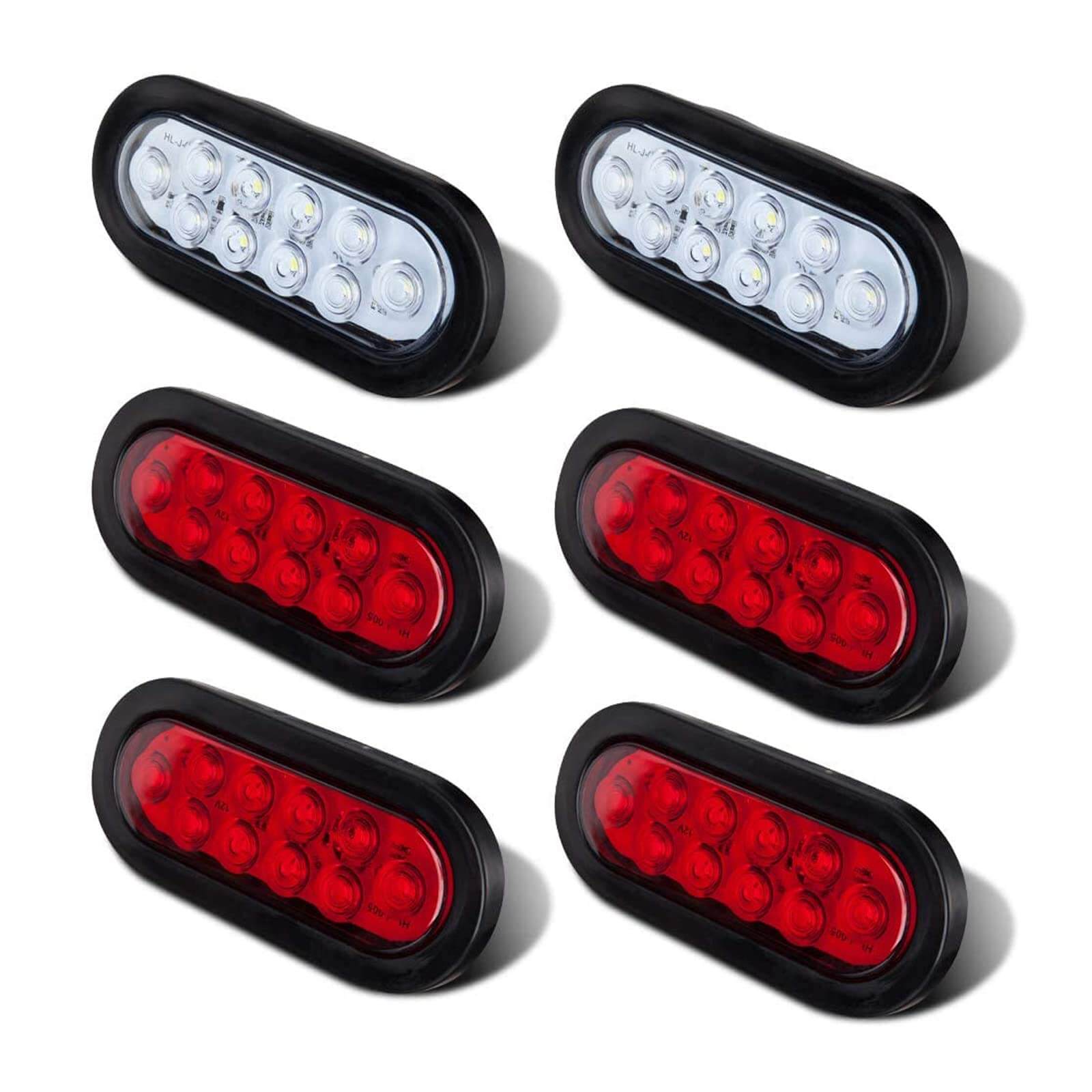
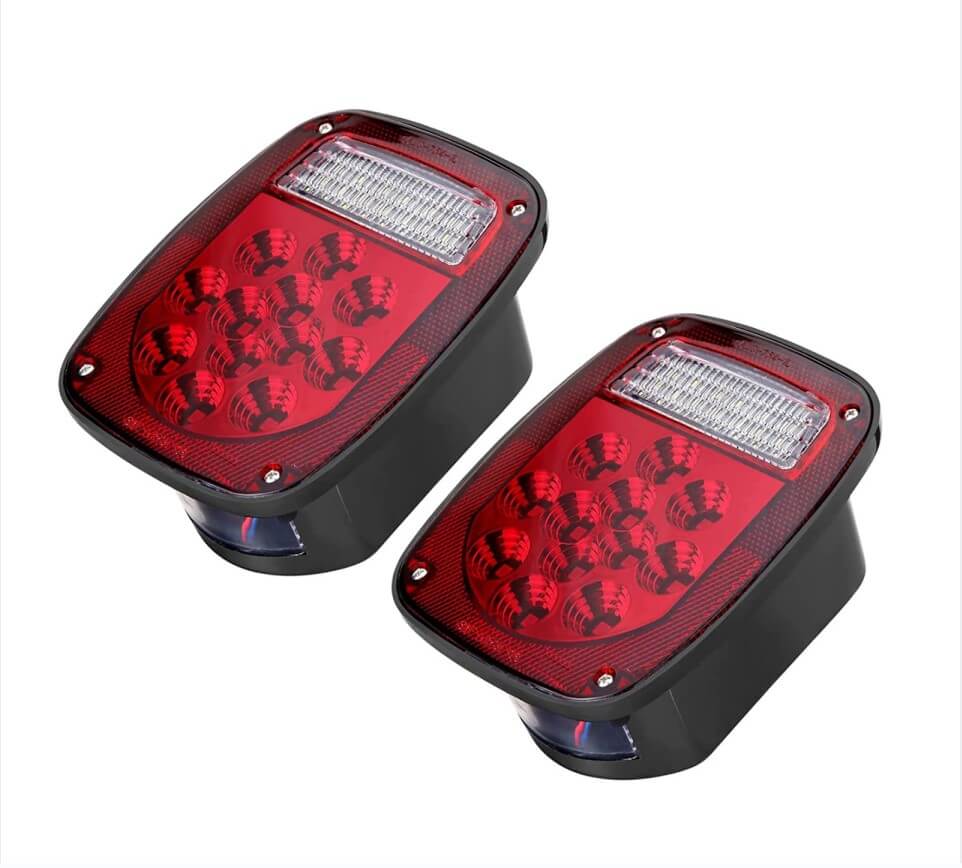

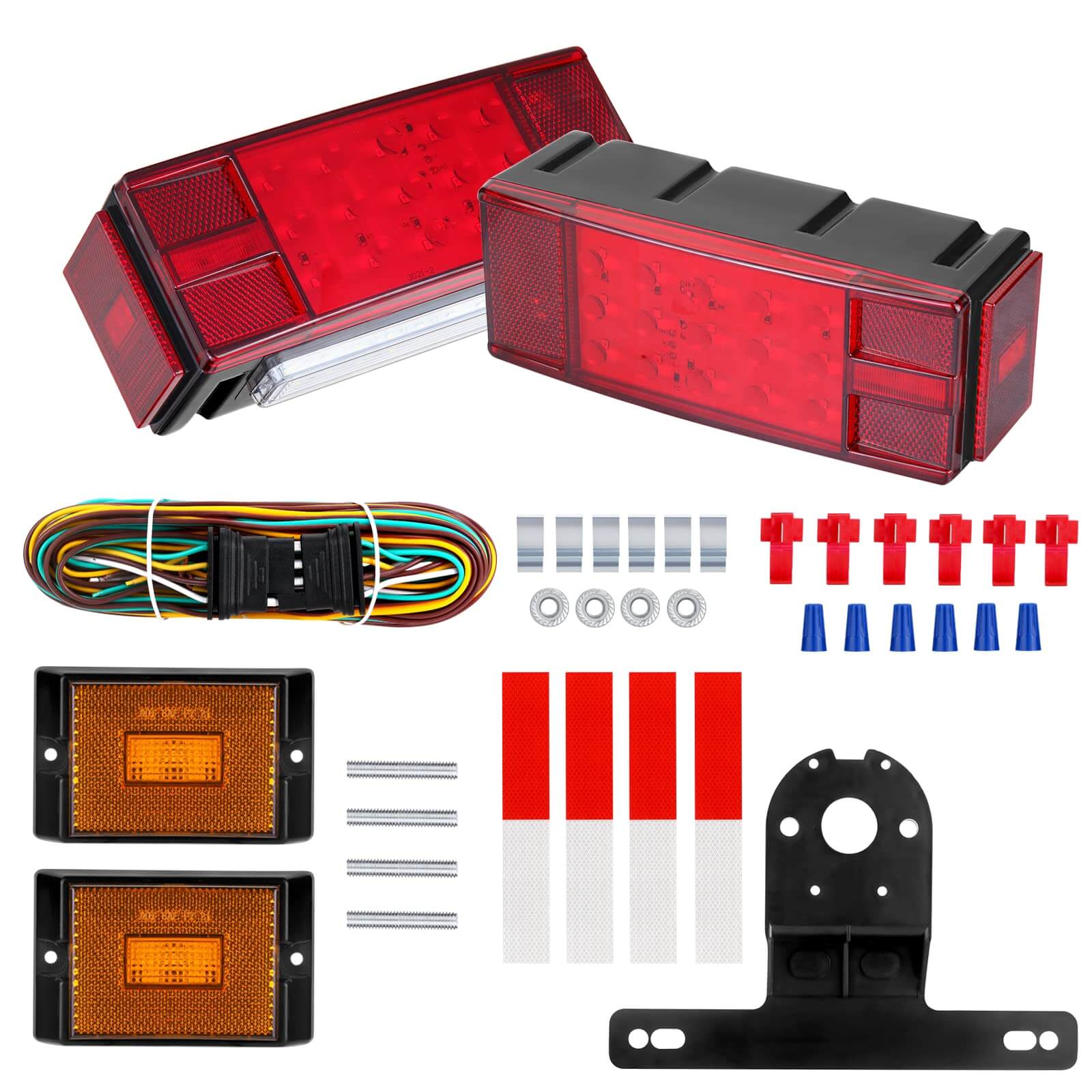
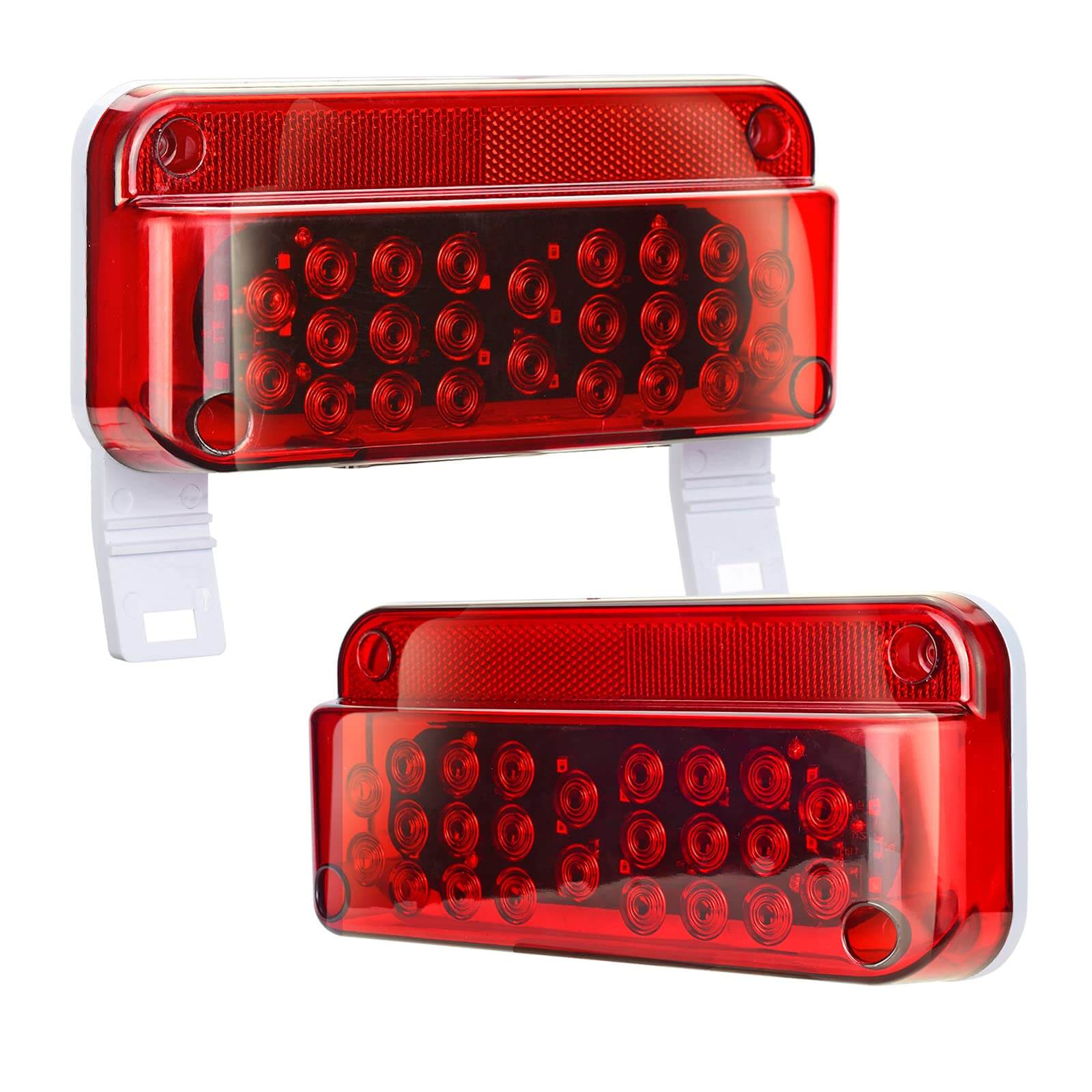
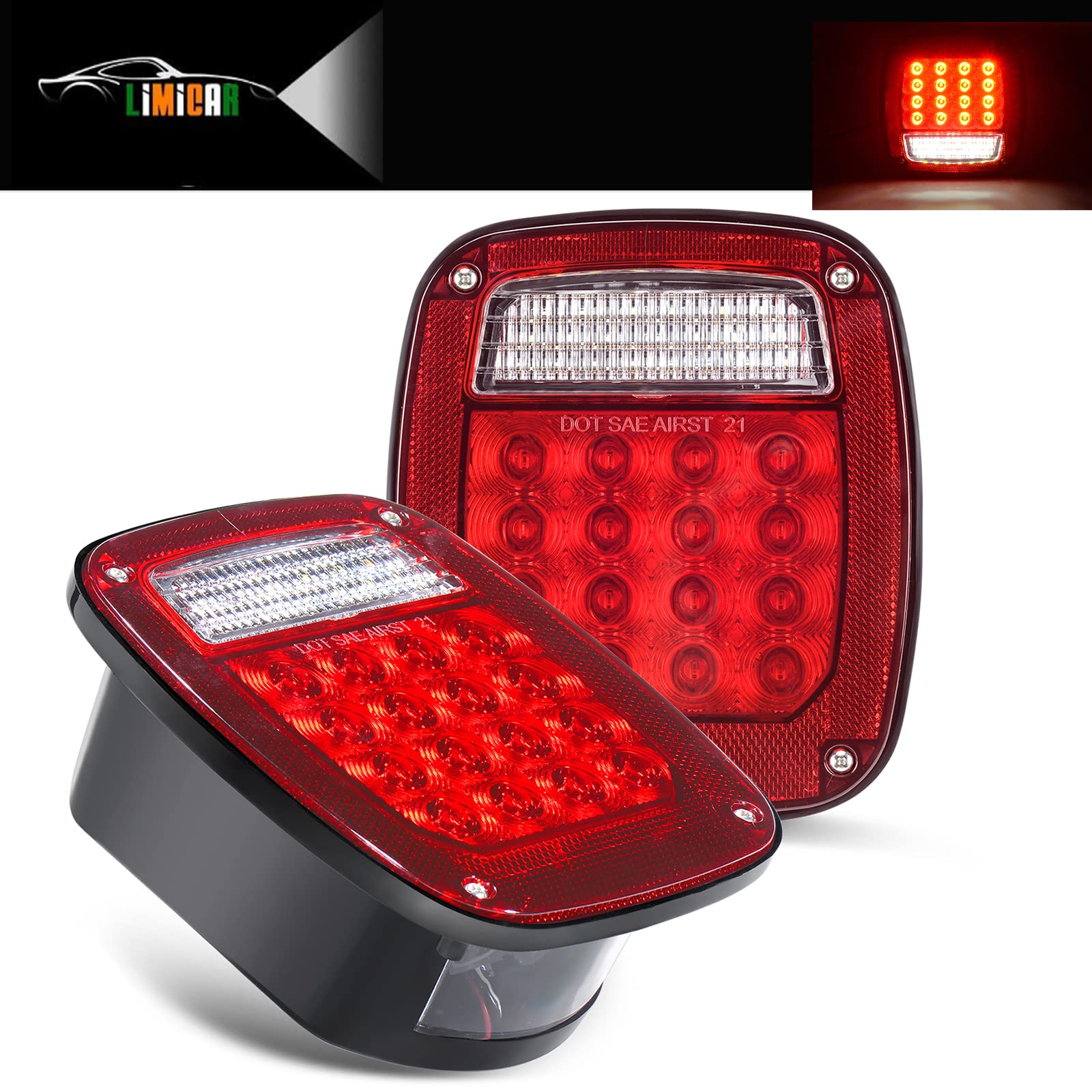
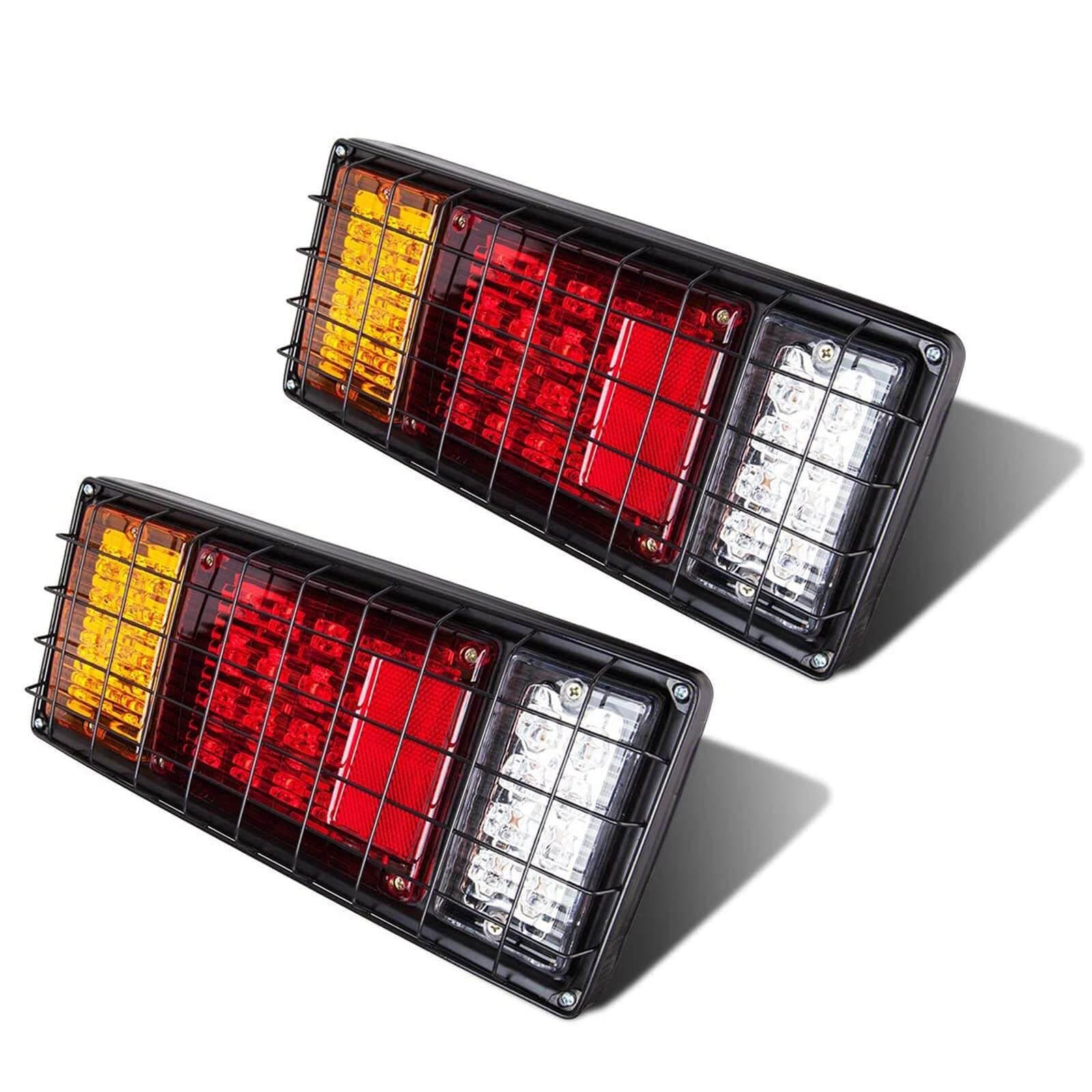
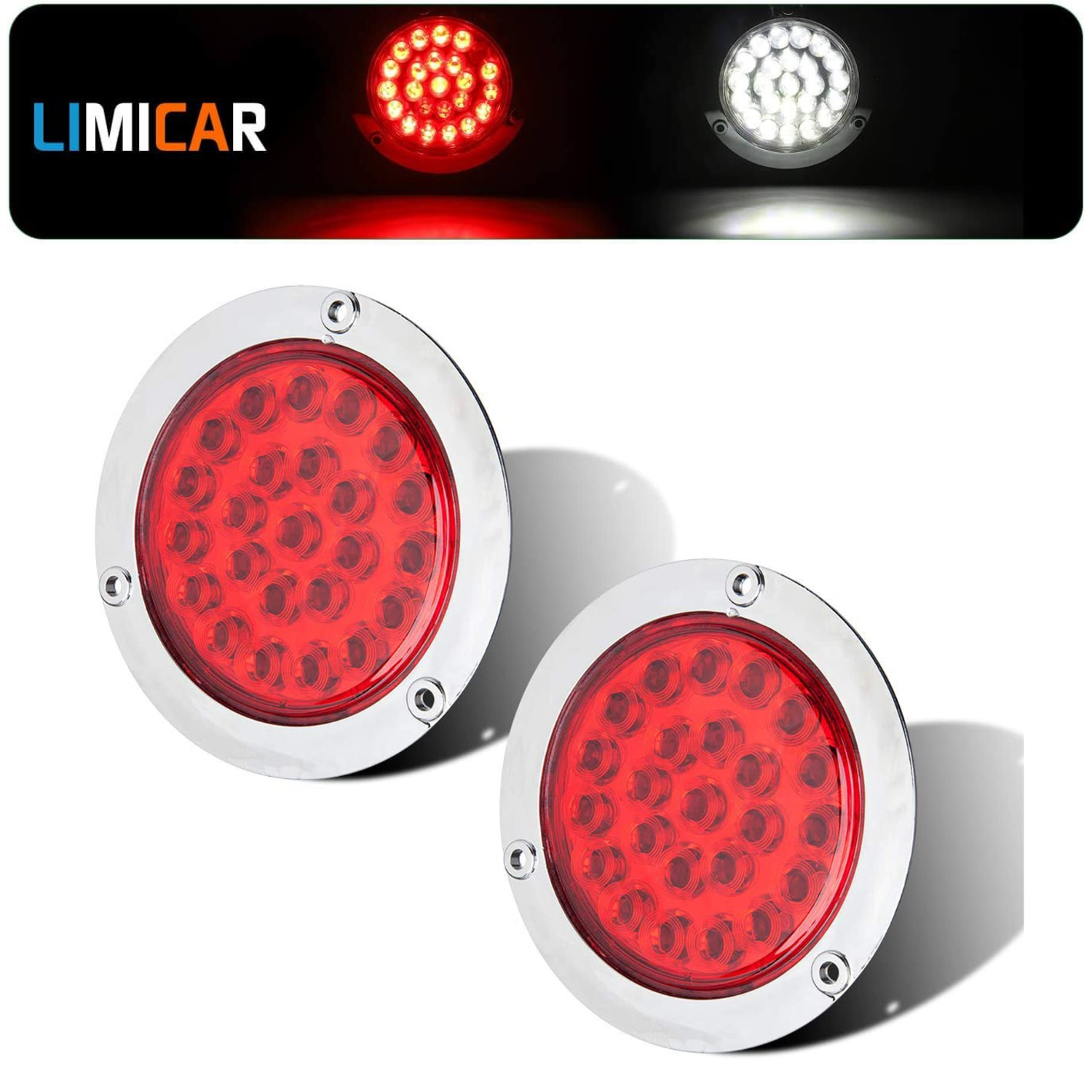
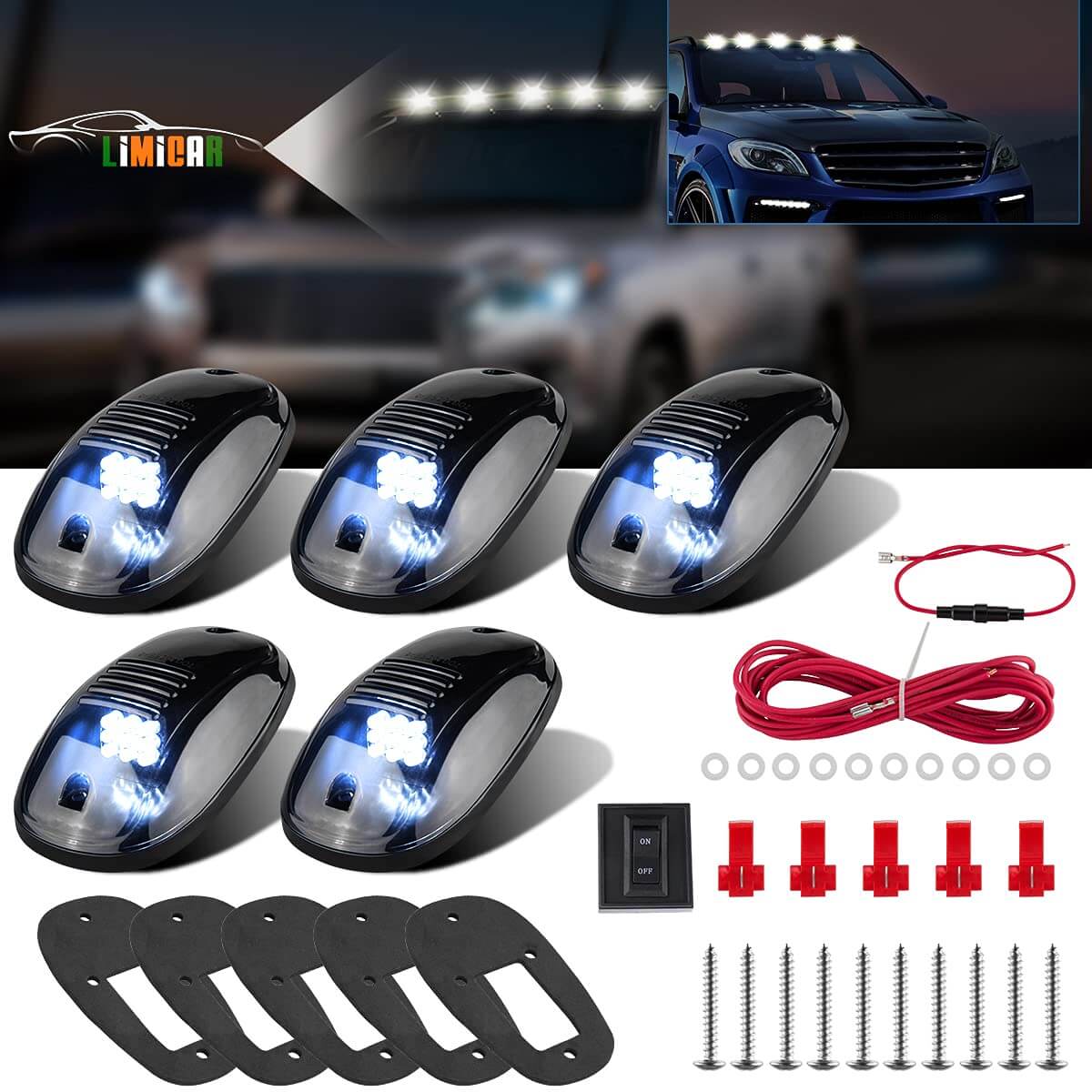



















0 Comments